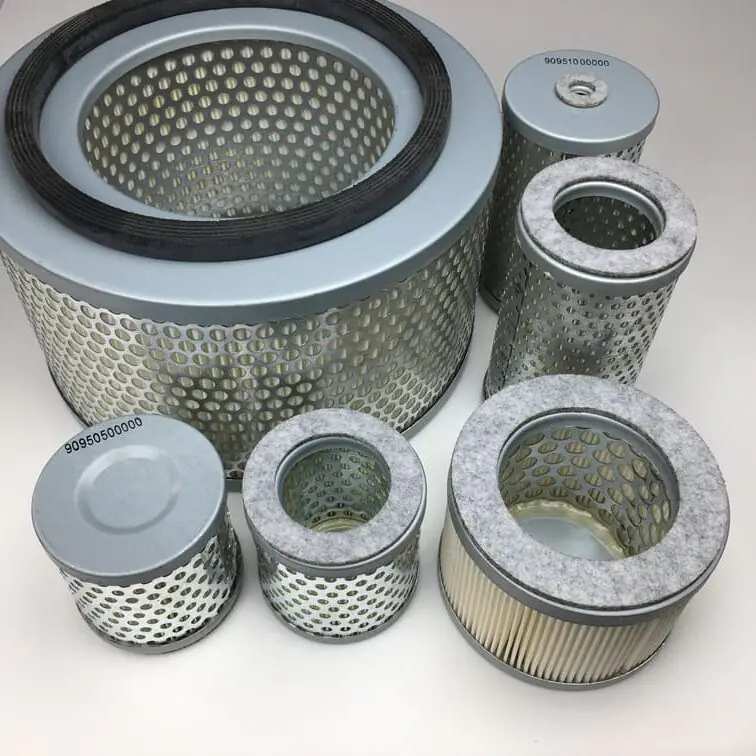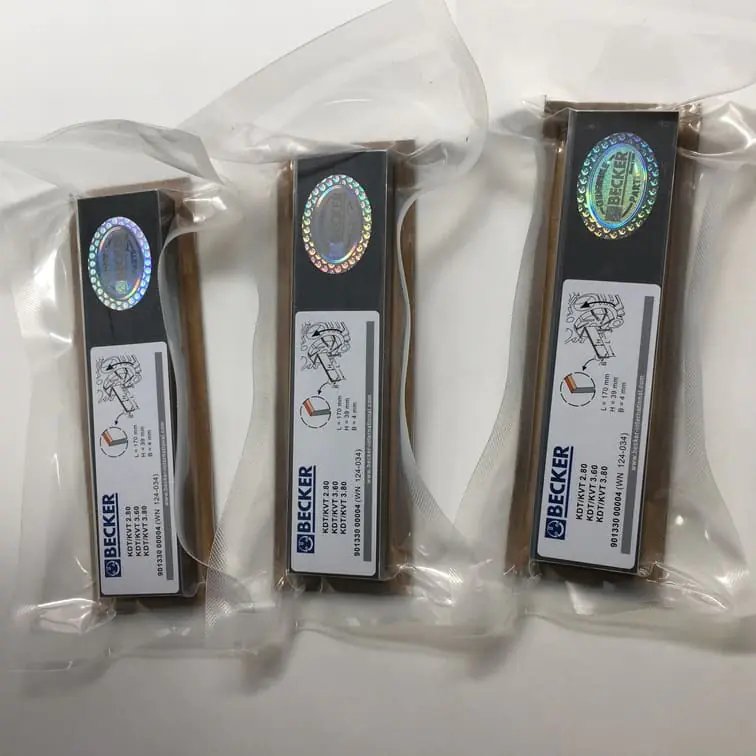What is a Vacuum Pump For? An In-Depth Guide
Vacuum pumps are used in a variety of industries and applications, playing a crucial role in creating and maintaining vacuums for many types of systems. But what exactly is a vacuum pump for, and why is it so important? This article will delve into these questions, exploring how vacuum pumps work, the different types available, and their many applications. Whether you’re new to the concept or a seasoned expert, this guide will give you a better understanding of vacuum pumps and their valuable role in modern technology.
1. Introduction to Vacuum Pumps
A vacuum pump is a mechanical device that removes gas molecules from a sealed space, creating a vacuum. The term “vacuum” refers to a space with reduced air pressure compared to atmospheric pressure. Vacuum pumps play a significant role in scientific research, manufacturing, healthcare, and numerous industrial applications.
Vacuum pumps are designed to handle different pressure levels, from low to high vacuum. They are essential for processes that require removing air and gas to create a controlled environment. The key purpose of a vacuum pump is to create a space with little to no air, allowing sensitive and intricate processes to occur without interference from external particles.
- Key Functions of Vacuum Pumps:
- Creating Vacuum: Removing gas molecules to create a low-pressure environment.
- Maintaining Vacuum: Ensuring that a stable vacuum is preserved for continuous operations.
- Pressure Regulation: Facilitating proper pressure for specific applications.
Vacuum pumps are employed in several fields, from automotive applications to scientific research and food production. The device’s versatility is evident in its varied uses and the essential role it plays in diverse industries.
2. How Does a Vacuum Pump Work?
Understanding how a vacuum pump works involves understanding how gas molecules behave under pressure. The basic principle behind a vacuum pump is the reduction of air pressure by physically removing gas particles.
- Steps in Vacuum Pump Operation:
- Inlet Valve Opens: The inlet valve allows air or gas molecules to enter the pump.
- Compression Chamber: The gas is then moved to a compression chamber where the molecules are compressed.
- Exhaust Valve: The exhaust valve releases the compressed gas out of the pump, effectively reducing the pressure inside the system.
The vacuum pump creates a vacuum by positive displacement, momentum transfer, or entrapment methods. Positive displacement pumps repeatedly expand and contract a cavity to physically move gas, while momentum transfer pumps add kinetic energy to the gas molecules, pushing them out of the vacuum system.
| Type of Pump | How It Works | Typical Applications |
|---|---|---|
| Positive Displacement | Repeatedly compresses and expands space | Refrigeration, HVAC systems |
| Momentum Transfer | Uses kinetic energy to move gas molecules | Industrial manufacturing, coating |
| Entrapment | Traps gas particles using cold surfaces | Cryogenic applications, electronics |
Vacuum pumps function based on physical principles, making them indispensable in applications that require removing air or lowering the pressure inside a chamber.
3. Types of Vacuum Pumps
There are several types of vacuum pumps, each with its advantages and specific use cases. Here, we discuss the most common types:
a. Rotary Vane Pumps
Rotary vane pumps are a type of positive displacement pump that uses a rotor with movable vanes. These vanes slide in and out to create sealed compartments, which help to reduce the pressure inside the system.
- Advantages:
- Suitable for creating a consistent vacuum.
- Can handle large volumes of air.
- Simple, robust design.
- Applications: Used in laboratory vacuum systems, air conditioning, and automotive.
b. Liquid Ring Vacuum Pumps
These pumps utilize a rotating impeller within a partially filled water ring. The ring forms a liquid seal that compresses and removes gas molecules.
- Advantages:
- Ideal for handling wet gases.
- Provides a steady, quiet operation.
- Applications: Widely used in food production and chemical processing.
c. Screw Vacuum Pumps
Screw vacuum pumps consist of two rotors that turn in opposite directions, compressing and expelling gas from the system.
- Advantages:
- Oil-free operation.
- Suitable for applications requiring a clean, high vacuum.
- Applications: Used in pharmaceutical, semiconductor, and coating industries.
| Type | Benefits | Challenges |
|---|---|---|
| Rotary Vane | Cost-effective, easy to maintain | Limited vacuum pressure |
| Liquid Ring | Quiet operation, handles moisture | Consumes more power |
| Screw | Oil-free, high vacuum capability | High initial cost |
Vacuum pumps are available in many types, and choosing the right one depends on the specific requirements of the application.
4. Applications of Vacuum Pumps
The applications of vacuum pumps are diverse, ranging from everyday appliances to complex industrial systems. Here are some of the most common uses:
a. Industrial Applications
- Coating Processes: Vacuum pumps are used to create thin coatings of materials like metals and ceramics, often used in optics and electronics.
- Chemical Processing: Used to remove gases and control pressure in chemical reactors.
- Food Packaging: Vacuum pumps help remove air, extending the shelf life of packaged food products.
b. Scientific Research
- Laboratories: High vacuum pumps are used in laboratories for experiments that require an air-free environment.
- Mass Spectrometry: Creating the necessary vacuum conditions for the accurate analysis of gas molecules.
c. Medical Applications
- Surgical Tools: Vacuum pumps are used in medical devices like suction machines.
- Sterilization: Hospitals use vacuum pumps in autoclaves to sterilize equipment by removing air before introducing steam.
The versatility of vacuum pumps means they have a vast range of applications, making them essential in countless industries.
5. Key Considerations for Choosing a Vacuum Pump
Selecting the correct vacuum pump for your needs can be challenging. Here are some factors to consider:
- Pressure Range: Consider whether your application requires low, medium, or high vacuum.
- Flow Rate: The flow rate is critical to how quickly the vacuum can be achieved.
- Type of Gas: Some pumps are better suited for handling specific gases, especially those that are corrosive or contain particulates.
Cost vs. Performance
Investing in a higher-quality vacuum pump, like a dry vacuum pump or rotary vane pump, can lead to lower maintenance costs in the long run.
6. Maintaining Vacuum Pumps for Optimal Performance
Proper maintenance is key to the efficiency and longevity of vacuum pumps. Here are some maintenance tips:
- Regular Oil Changes: If your pump uses oil, change it regularly to prevent wear and tear.
- Monitor Pressure Levels: Keeping an eye on pressure can indicate when maintenance is needed.
- Clean Filters and Inlets: Blockages can reduce pump efficiency, so keep components clean.
Common Issues and Troubleshooting
- Reduced Pumping Speed: This can be caused by leaks or clogged filters. Regularly check and replace filters as needed.
- Oil Contamination: Contaminated oil can reduce pump efficiency. Always use the correct type of oil and change it at recommended intervals.
Maintaining vacuum pumps ensures they operate efficiently, prolonging their lifespan and reducing downtime.
FAQs
1. How does a vacuum pump create a vacuum?
A vacuum pump creates a vacuum by removing gas molecules from a closed environment, thus reducing pressure.
2. What are the different types of vacuum pumps?
There are several types, including rotary vane, liquid ring, and screw vacuum pumps, each with unique advantages.
3. How do I choose the right vacuum pump?
Consider factors such as pressure range, type of gas, and the application’s requirements.
4. What industries use vacuum pumps?
Vacuum pumps are used in food packaging, chemical processing, medical applications, and scientific research.
5. How can I maintain my vacuum pump?
Regular maintenance includes oil changes, cleaning filters, and monitoring pressure levels.
6. Is oil-free better than oil-based pumps?
Oil-free pumps like dry screw pumps are ideal for clean applications, but they are more expensive compared to oil-based pumps.
Conclusion
Vacuum pumps play a critical role in various industries, from creating sterile environments in healthcare to supporting scientific discoveries. Understanding the different types of vacuum pumps, their applications, and how they work can help you make informed decisions when choosing a pump for your specific needs. Regular maintenance ensures optimal performance, extending the life of both the pump and the systems it supports.
If you’re interested in learning more or need expert guidance on choosing a vacuum pump for your application, feel free to contact our team for assistance. For more technical resources, you can visit Vacuum Pump Parts and explore our extensive library of guides and products.




